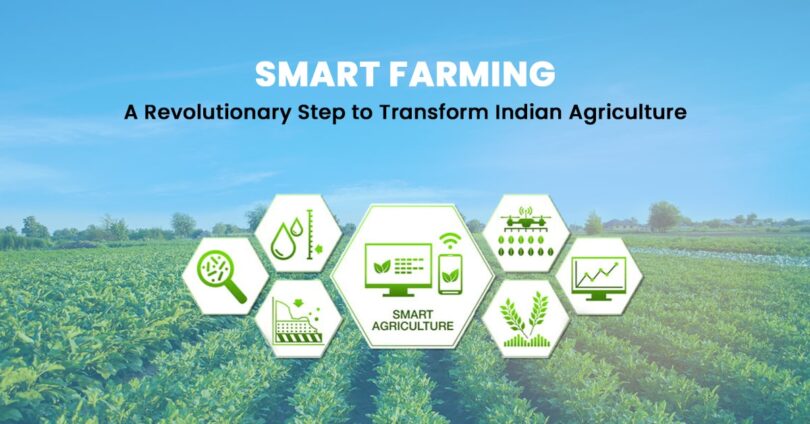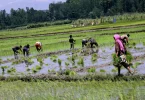Smart farming, also known as precision agriculture, involves using advanced technology and data analytics to optimize various aspects of farming operations, including crop production, livestock management, resource utilization, and environmental sustainability. Here’s a general guide on how to do smart farming:
Data Collection and Analysis:
- Install sensors and IoT devices to collect data on various parameters such as soil moisture, temperature, humidity, pH levels, and crop health.
- Utilize drones and satellite imagery to gather data on field conditions, crop health, and pest infestations.
- Collect historical data on weather patterns, soil types, crop yields, and other relevant factors.
Data Management:
- Use software platforms or farm management systems to aggregate and manage the collected data.
- Employ cloud-based solutions for storing and accessing data from anywhere.
- Ensure data security and privacy measures are in place to protect sensitive information.
Data Analysis and Decision Making:
- Use data analytics tools and algorithms to analyze the collected data and derive actionable insights.
- Identify trends, patterns, and correlations to make informed decisions about planting, irrigation, fertilization, pest control, and harvesting.
- Implement predictive analytics to anticipate potential issues such as crop diseases or yield fluctuations.
Precision Farming Techniques:
- Employ variable rate technology (VRT) to optimize input usage (e.g., seeds, fertilizers, pesticides) based on specific areas of the field’s needs.
- Use GPS-guided machinery for precise planting, spraying, and harvesting operations, reducing overlap and waste.
- Implement controlled environment agriculture (CEA) techniques such as hydroponics, aquaponics, and vertical farming for efficient resource utilization and year-round production.
Automation and Robotics:
- Integrate automation and robotics into farming operations to streamline tasks such as planting, weeding, spraying, and harvesting.
- Use autonomous vehicles and drones for crop monitoring, mapping, and maintenance tasks.
Remote Monitoring and Management:
- Utilize mobile apps or web-based interfaces to remotely monitor and manage farming operations.
- Receive real-time alerts and notifications regarding critical events such as equipment malfunctions, irrigation system failures, or weather changes.
Integration and Collaboration:
- Integrate different technologies and systems to create a comprehensive smart farming ecosystem.
- Collaborate with agricultural experts, researchers, and technology providers to stay updated on the latest advancements and best practices.
Continuous Improvement:
- Regularly evaluate the performance of smart farming systems and practices.
- Incorporate feedback from stakeholders, analyze results, and make necessary adjustments to optimize efficiency, productivity, and sustainability.
By following these steps and embracing smart farming practices, farmers can enhance productivity, reduce resource wastage, minimize environmental impact, and ultimately improve profitability.






Leave a Comment